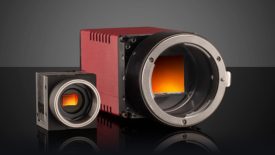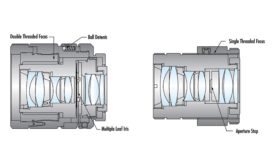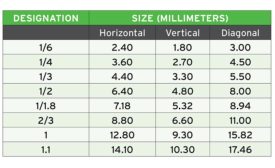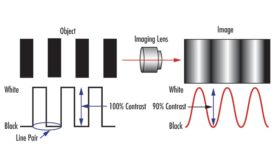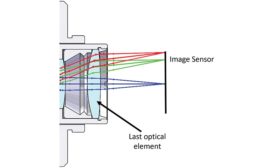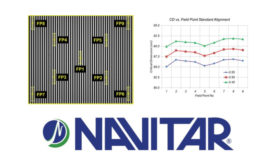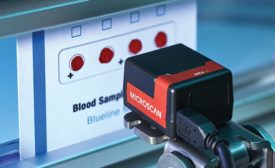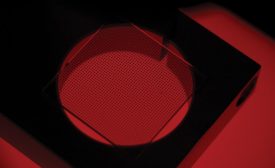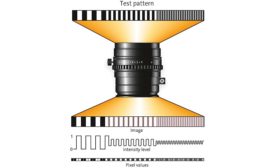Home » lenses
Articles Tagged with ''lenses''
Vision & Sensors | Sensor Trends
Lens and camera manufacturers need to collaborate to develop new mounting standards for the new, large sensor formats already on the market, as well as the ones that will be introduced.
Read More
Ruggedization of Machine Vision Lenses
As applications and markets diversify their environmental profiles, the technology and optics must do the same.
November 29, 2020
Machine Vision Systems Design: The Basics
Systems integration is the process of bringing together diverse and disparate components and sub-systems and making them function as a single unified system.
September 1, 2020
Deciphering Lens Specifications and Choosing the Proper Lens
In the past, cameras were once the limiting component for performance in and imaging system. Today, lenses have become the critical component in many applications.
March 2, 2020
Design Considerations for New High Resolution and Frame Rate CMOS Sensors
Sensors will continue to evolve, and camera lenses will continue evolving right along with them.
January 1, 2020
Sponsored Content
Improvements in Machine Vision Accuracy with Lens-Sensor Active Alignment
July 1, 2019
5 Considerations for Modern Smart Camera Design
The goal is to create smart cameras that can do it all. How do we get there?
April 30, 2018
Machine Vision Applications: The Process of Developing a Complete Solution
The first step is to establish the requirements and determine if it is possible.
September 1, 2017
Choosing a Lens for Machine Vision
Not surprisingly, with the enormous range of sensor formats and resolutions available in machine vision cameras, there are many options for lenses.
September 1, 2017
Stay in the know with Quality’s comprehensive coverage of
the manufacturing and metrology industries.
eNewsletter | Website | eMagazine
JOIN TODAY!Copyright ©2024. All Rights Reserved BNP Media.
Design, CMS, Hosting & Web Development :: ePublishing
